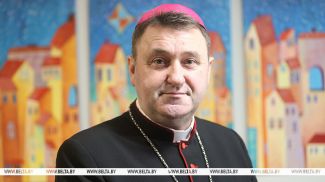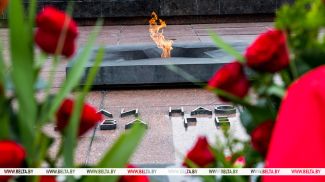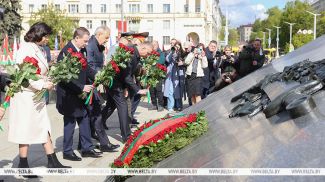MINSK, 20 January (BelTA) – The scope of the SEED mission to Belarus was in line with the recommendations of the Espoo Convention Implementation Committee, Belarusian Deputy Energy Minister Mikhail Mikhadyuk told reporters on 20 January, BelTA has learned.
Mikhail Mikhadyuk noted that Belarus submitted a request for a SEED mission in 2014.
For his part, SEED team leader Ovidiu Coman, an IAEA Senior Nuclear Safety Officer, explained that every SEED mission consists of many modules, and it is impossible to review all of them in one visit. “They are numerous, and we had a clear list of tasks to perform in Belarus,” he stressed. The experts focused on five tasks, including screening of external hazards, characterization of natural and human-induced external hazards, review of the design parameters of the site, monitoring of the site and the environment, and review of challenges related to external events in light of lessons from the Fukushima Daiichi accident.
Greg Rzentkowski, Director of the IAEA Division of Nuclear Installation Safety, added that SEED missions evaluate many different technical disciplines to assess the overall safety of the site and the ability of the plant to withstand extreme events.
When asked whether the IAEA plans to involve Lithuanian experts in the preparation of the final mission report, Greg Rzentkowski said: “The mission report is in the preliminary drafting stage. The exerts that participated in the mission will be working on the document in the coming days. After that, we will prepare a brief overview of the report and present it to the Belarusian side. As for the involvement of additional experts in the work on the report, I can say that our standard procedure is as follows: the report is drawn up by the experts who participated in the mission.”
Belarus hosted a Site and External Events Design (SEED) mission of the International Atomic Energy Agency from 16 to 20 January. The IAEA experts assessed the compliance of the BelNPP construction site with international safety standards and the resilience of the systems, structures and components of the plant to external and internal risks and hazards. The experts evaluated the margin of safety envisaged in the design in light of lessons from the Fukushima Daiichi accident.













